Nishan Dixit describes how he restored a carious posterior tooth using a composite layering technique for a durable, natural-looking finish.
A 14-year-old female presented at Blue Court Dental experiencing pain on the right-hand side of her mouth when consuming sweet foods and drinks. The patient’s medical history indicated that she had an allergy to eggs. Otherwise, she was medically fit and well. It was established that she consumed a high sugar diet which included a large quantity of fruit juice. Her past dental attendance had been irregular. She had attended the practice 12 months previously and had been advised that a restoration was needed but chose not to have treatment at that time. Prior to this, her last visit was in 2014.
A general examination detected no extra-oral or soft tissue abnormalities. Plaque and calculus were present and there was a cavitated carious lesion on the upper right first molar tooth (fig 1).
Direct restorative options were discussed with the patient and her parent, and composite restoration was recommended. Dietary and oral hygiene advice was given and an appointment with the dental hygienist was booked to take place before the composite treatment was due to commence.
The patient wanted the restoration to match, as closely as possible, to the natural colour of the tooth. Composite would also adapt perfectly to the colour of the surrounding teeth. The choice of composite for this case was Kulzer Venus Pearl.
After isolation with rubber dam, secured with a soft clamp, the carious lesion was removed from the UR6 (fig 2). The internal line angles were rounded off and an occlusal bevel placed (fig 3). The tooth was etched with 37 per cent phosphoric acid and bonded with Kulzer iBond Universal, using a selective etch technique.
Venus Pearl composite Opaque Light Chromatic (OLC) and A1 shades were placed using a layered approach in no more than 2mm increments, in accordance with the manufacturer’s guidelines (fig 4). LM-Arte instruments aided the placement and shaping of the restoration. Sculpting brushes were also used for contouring, in conjunction with modelling resin.
Special care was taken to ensure that no more than two of the cavity walls were in contact with the composite, to minimise the C-Factor (configuration factor) and, thereby, reduce marginal leakage. Finally, Venus Color White and Amber tints were used to recreate the fissure pattern. The occlusion was checked in centric and excursive movements with TrollDental articulating foil.
Venus Pearl provides me with a predictable method of layering and a reliable finish. The material employs the same tricyclodecane urethane dimethacrylate (TCD) resin as Kulzer Venus Diamond. Compared with earlier technologies, the cured composite is more flexible under stress and more durable over time.
Once fully cured, the composite restoration was polished using the Kulzer Venus Supra polishing kit, which creates a long-lasting, glossy shine in just two working steps, with minimal material abrasion. Secondary polishing was completed with aluminium oxide paste and a felt-coated polishing point, which gives the restoration an extremely high lustre.
I was pleased that the carious tooth could be restored using a durable material that resembled the natural tooth as closely as possible (fig 5). The patient was also happy with the aesthetic result, and that the tooth no longer caused her pain.
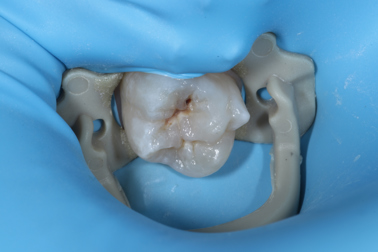
Fig 1. Cavitated carious lesion.
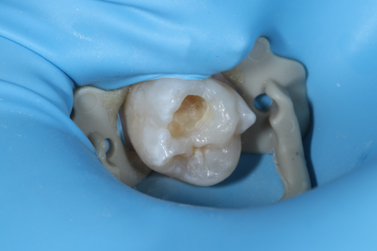
Fig 2. The carious lesion was removed from UR6.
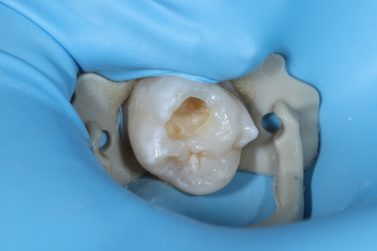
Fig 3. Internal line angles rounded off and occlusal bevel
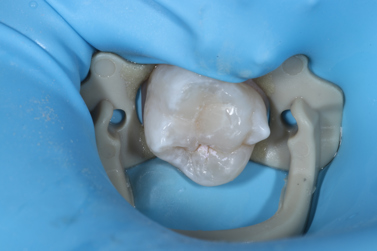
Fig 4. Venus Pearl OLC and A1 shades were placed.
placed.
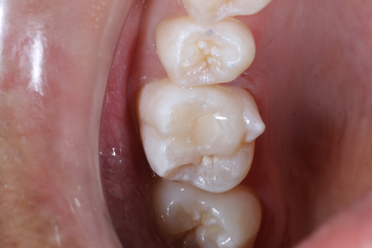
Fig 5. The material resembled the natural tooth as closely
as possible.


